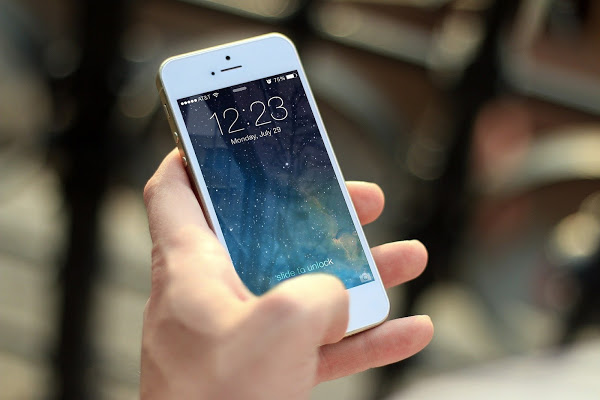Apple Covered a Mass Hack on 128 Million iPhone Users in 2015

Apple and Epic are now embroiled in a legal dispute, and as a result, some shocking material has surfaced on the internet. Epic recently demonstrated Apple’s desire to conquer the industry by deciding not to unleash the iMessage platform on Android. Now, according to a recent email filed in court, Apple decided not to alert 128 million iPhone users of its first-ever mass hack. This was back in 2015 when the iPhone 6s series was first introduced.
The massive hack was first discovered when researchers discovered 40 malicious App Store applications, which quickly grew to 4,000 as more researchers looked into it. The apps included malware that turned iPhones and iPads into botnets that stole potentially sensitive user data.
According to an email filed in court last week in Epic Games’ litigation against Apple, Apple managers discovered 2,500 malicious apps on September 21, 2015, that had been downloaded a total of 203 million times by 128 million users, 18 million of whom were in the United States.
“Joz, Tom, and Christine—due to the large number of customers potentially affected, do we want to send an email to all of them?” App Store VP Matthew Fischer wrote, talking to Apple’s Greg Joswiak, senior vice president of worldwide communications, and Tom Neumayr and Christine Monaghan, who work in public relations.
The email continued: “If yes, Dale Bagwell from our Customer Experience team will be on point to manage this on our side. Note that this will pose some challenges in terms of language localizations of the email, since the downloads of these apps took place in a wide variety of App Store storefronts around the world (e.g. we wouldn’t want to send an English-language email to a customer who downloaded one or more of these apps from the Brazil App Store, where Brazilian Portuguese would be the more appropriate language).”
Bagwell talks about the complexities of notifying all 128 million impacted customers, localizing updates to each user’s language, and “accurately including the names of the applications for each client” about 10 hours later.
Unfortunately, it seems that Apple never carried out its plans. There was no indication that such an email was ever sent, according to an Apple spokesperson. Apple instead released only this now-deleted article, according to statements the representative submitted on background—meaning I’m not allowed to quote them.
If you like the site, please consider joining the telegram channel or supporting us on Patreon using the button below.


![[AKIRA] - Ransomware Victim: Flegenheimer International 3 image](https://www.redpacketsecurity.com/wp-content/uploads/2024/09/image-300x300.png)

